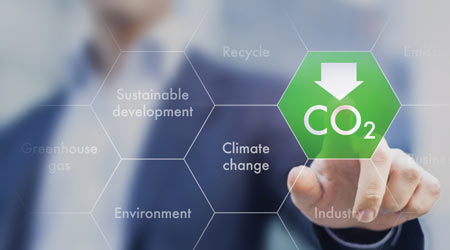Communication Critical To Carbon Inventorying
Stating goals and reporting accomplishments accurately show how climate mitigation strategies are paying off.
Most organizations measure carbon emissions because they want to be able to talk about overall reductions and good performance and share these results with a customer or certifier. It is never a good day when the organization is reluctant to communicate the results due to concerns over questionable calculations. The implications of misleading investors, shareholders, or customers with overstated sustainability performance can be immensely detrimental.
When preparing sustainability communications, it is a best practice to validate emissions calculations and performance. Too many organizations have never questioned the way their data is created or was created way back when. Frequent refrains in the industry include these: “We’ve always used XYZ software” or “We have been doing this for ten years.” This leads to hand-wringing: “We had no idea we were so far off” or “Why would my predecessor do it that way?” or “We have been publishing this data wrong for so many years.”
Ensuring the accuracy of the organization’s total GHG emissions inventory is a large lift in and of itself, but the micro-aspect of emissions performance is equally important. If you happen to be one of the organizations that hits its emission reduction targets either in 2020 or at some future point, the most important element of communicating that success is to be able to explain how those reductions actually happened.
Communicating how emissions reductions actually happened is part of the way to build credibility in communicating this massive accomplishment. This communication can also help build budgets and create best practices across organizations and business units. Facility managers are the front line for explaining which projects saved how much energy, waste, water, carbon, at what ROI, over what period of time. These details help write the story and build credibility.
Starting now, prepare a list of accomplishments, performance of projects, ROIs, pictures, charts, and more to share with communicators and sustainability leadership.
At the end of the day, we all want to have success in driving organizations towards more sustainable performance. Sometimes stated goals and aspirations outpace the technical and mechanical rigor of calculating, reporting, and managing emission performance.
Related Topics:














